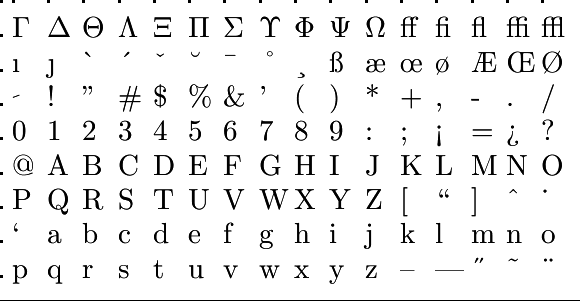Sequences and series: Financial applications of sequences and series
 Annuity-immediate and annuity-due interest
Annuity-immediate and annuity-due interest
In Future value of periodic payments and The present value of a loan we considered interest where the terms were due at the end of a period. This means that the interest payments are made at the end of each period. This is called annuity-immediate interest. We can also consider interest that is due at the beginning of each period. This is called annuity-due interest.
Annuity-immediate interest is interest of which the terms are due at the end of a period.
Annuity-due interest is interest of which the terms are due at the beginning of a period.
For calculations it does matter if we're dealing with annuity-immediate or annuity-due interest.
In general we have: \[\text{annuity-due}= (1+i) \cdot \text{annuity-immediate}\]
For the calculation of the future value with annuity-due interest, we get the following formula:
\[FV=P \cdot (1+i) \cdot \frac{(1+i)^n-1}{i}\]
For the calculation of the present value with annuity-immediate interest, we get the following formula:
\[PV = P \cdot (1+i) \cdot \frac{1-(1+i)^{-n}}{i}\]
In symbols, #\text{annuity-due}= (1+i) \cdot \text{annuity-immediate}# is written as:
\[\ddot{s}_{\left .n\right \rceil i}=(1+i) \cdot s_{\left .n\right \rceil i} \text{ and } \ddot{a}_{\left .n\right \rceil i}=(1+i) \cdot a_{\left .n\right \rceil i}\]
In here we have:
\[s_{\left .n\right \rceil i}=\frac{(1+i)^n-1}{i} \text{ and } a_{\left .n\right \rceil i}=\frac{1-(1+i)^{-n}}{i}\]
In Excel we can indicate annuity-due interest by selecting the type number "1" instead of the default "0" for annuity-immediate interest at FV (Future value) and PV (Present value).
We will now take a look at multiple examples with annuity-due and annuity-immediate interest.
The bank will pay #0.5\%# interest per year. Moreover, the bank will pay out a premium of #9\%# on the savings balance exactly one year after the #25#th deposit.
Calculate, in whole Euro, how much that premium will be.
First we sketch a timeline.

From the timeline you can see that we're dealing with a future value of an annuity-due interest consisting of #25# yearly installments of #\euro \, 2000# each, against an interest of #0.5\%# per year.
Hence, the formula for the future value #FV# is:
\[FV=P \cdot (1+i) \cdot \frac{(1+i)^n-1}{i}\]
where
- #P# is the installment payment: #P = 2000#
- #i# is the growth rate: #i=\frac{0.5}{100}=0.005#
- #n# the number of installments: #n=25#
\[FV=2000 \cdot (1+0.005) \cdot \frac{(1+0.005)^{25}-1}{0.005}=53383.82\]
The moment the premium is paid out, the balance of the savings account is #\euro \, 53383.82#. Hence, the premium of #9\%# is rounded to whole euros, \[\frac{9}{100} \cdot 53383.82 \approx 4805\]

Or visit omptest.org if jou are taking an OMPT exam.



